On April 25 2015, a devastating earthquake hit Nepal with such force it killed nearly 9,000 people and injured more than 21,000.
Whole villages were flattened, leaving hundreds of thousands homeless. One year on, little has changed. Although the restoration of damaged monuments and temples has started, the burden of rebuilding homes, schools and vital infrastructure has largely fallen on the shoulders of Nepal's youths.

Hotrika Joshi, a 29-year-old engineer, volunteered with the United Nations Development Programme (UNDP) to lead a team of 14 engineers dedicated to manage the demolition of damaged structures.
She says little has been done for the country's poorest.
"Those who were economically strong have bounced back on their own," she tells The Huffington Post UK. "But the economically disadvantaged, who relied on government subsidies, are still in tents hoping for help."
“I felt the rapid blinking of lights, and a forceful shaking. I couldn't think. I ran to a door and everyone followed me, but the door led to a dead end. We were panicked, terrified. Everyone was screaming and my heart was beating faster and faster. When we finally got out of the hotel, there were cracks in the road and devastation everywhere. We saw the huge damage of human lives.”
- Sudarshan Ghimire, a 26-year-old UN Volunteer from Mukundapur Nawalparasi
Purnima Acharya is another engineer who worked for the UNDP, and tells a similar story.
"Shortly after the earthquake, the first need was to demolish the damaged structures and clear the debris. But people were emotionally attached to their homes, so it was hard.
"Reconstruction work [has not had] much progress until now," she explains. "Only the few people who can afford the cost have rebuilt their homes, but others are still suffering in temporary shelters."
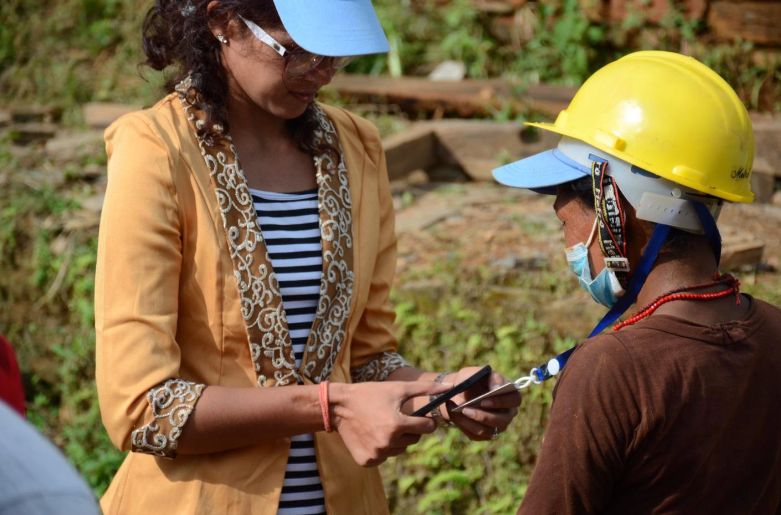
Acharya says "so much" is still to be done.
"I am happy to be the supporting hand but still I am not satisfied. I want to do more to make the nation stand on its own."
Sadhana Tiwari can clearly remember the moment the earthquake struck. The 24-year-old lives in the Kaski region, a remote district which was badly affected by the disaster.
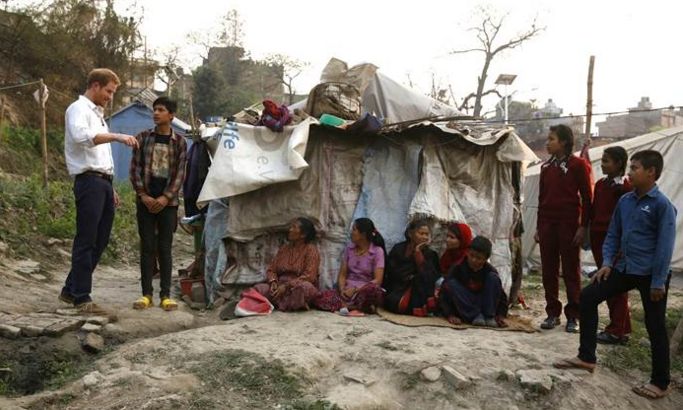
Thanks to a lack of communication between district officials and the government, more than six months passed before affected locals were provided basic relief packages.
"I was scared a lot and I didn't know what to do," Tiwari recalls. "Just after the ground stopped shaking, I went to the nearest open place and I tried to call my family.
"I couldn't reach them though because the networks were down. I was scared, and I didn't know what to do or where to go."
"My family and I had to spend two weeks in tents out in the open. And the frequent aftershocks were terrifying."
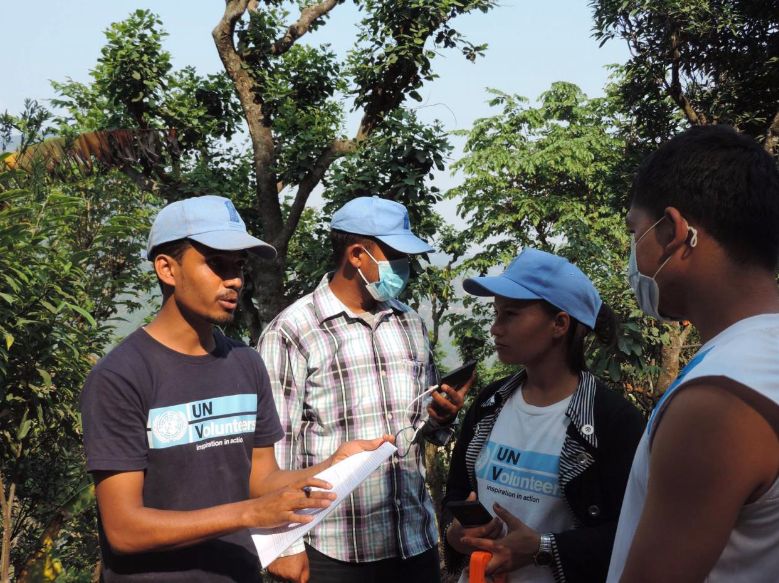
One year on, Tiwari says, "some changes" can be seen. "Many damaged and collapsed have been demolished and debris has been removed. Partially damaged buildings and cultural heritages are being repaired.
"After the devastating earthquake, people are now more aware and have started to build earthquake resistant structures."
As an engineer, Tiwari has been part of the effort, assessing affected buildings and marking them safe or unsafe, and saving any reusable materials.
"It's been an amazing experience," she adds. "I'm proud to do something good to rebuild my country
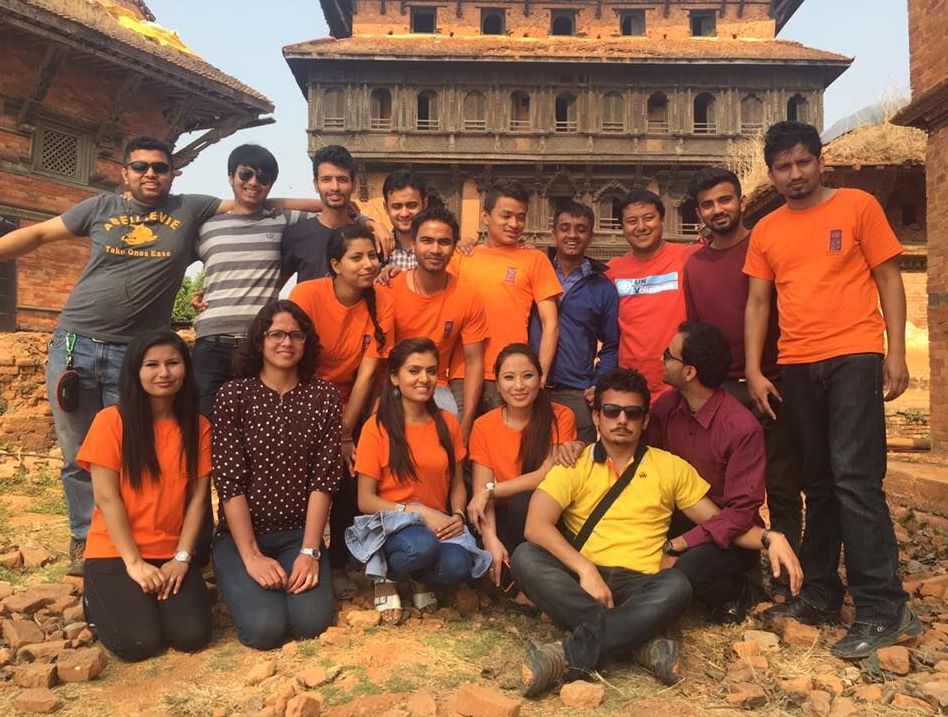
She adds: "Fully collapsed buildings and historic structures are not rebuilt yet and it will take time for reconstruction."
Janak Bishowkarma's house still has cracks "all over". He and his parents are still living there because they have no money or resources to build a new one.
"Most of my relatives and neighbour's houses were completely damaged," he says. "Their suffering is also my suffering. I am trying to help them - getting food and health services - as much as I can."
“When I was assigned as a UN volunteer two weeks after the quake, people were still living in tents in critical and hazardous conditions. One year later, there's still a lot to do. Still there are people out there in tents, struggling with life. There are still more villages out there with debris waiting to be cleared.”
- Sudarshan Ghimire
The 28-year-old was in a training centre on April 25, 70 miles away from his home district, which is in central Nepal.
"It was a big, big shake and I immediately tried to contact my family - but I couldn't because the phone kept being disconnected. When I got through, I was so happy nothing had happened to them."
In the wake of the disaster, Bishowkarma helped mobilise youth networks to support the relief effort, and provided emotional support to the survivors.
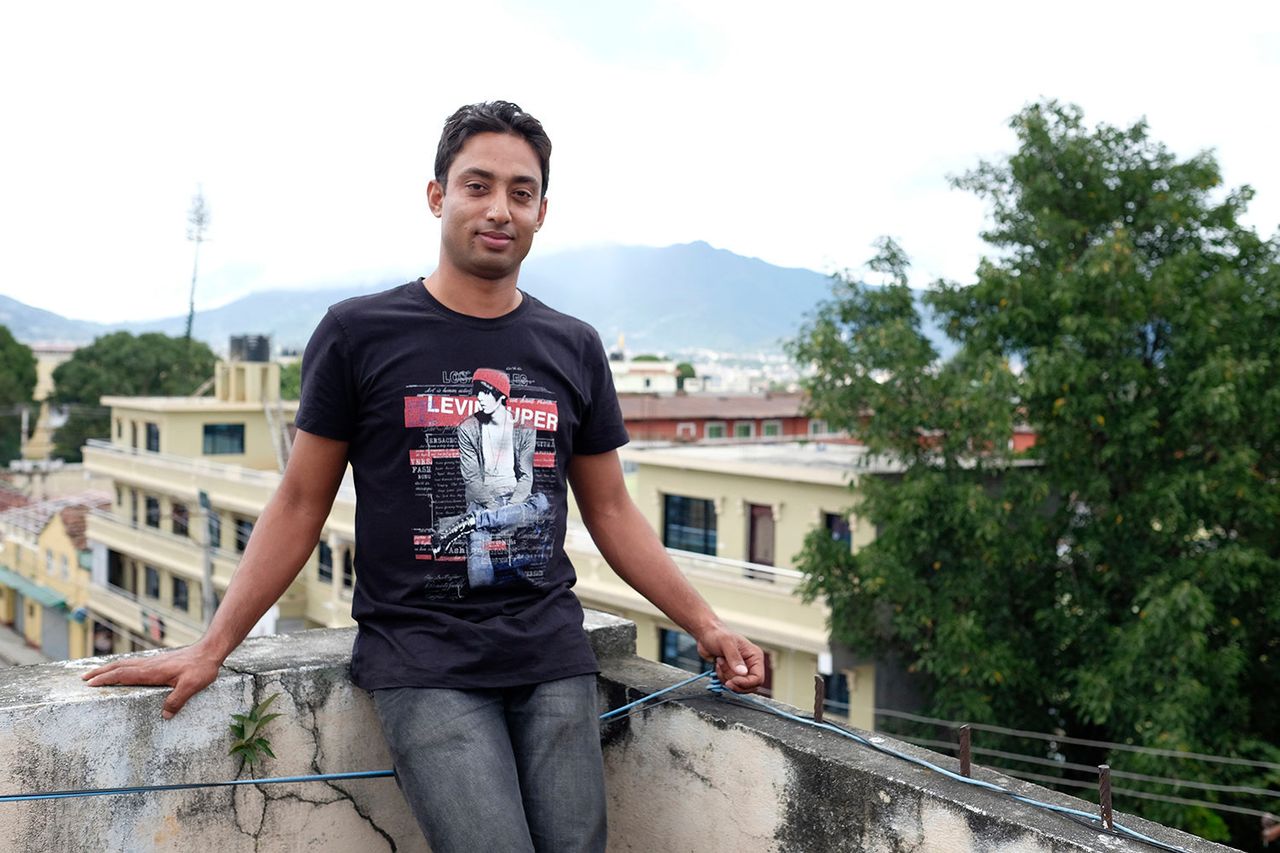
Janak Bishowkarma's house still has cracks "all over". He and his parents are still living there because they have no money or resources to build a new one.
"Most of my relatives and neighbour's houses were completely damaged," he says. "Their suffering is also my suffering. I am trying to help them - getting food and health services - as much as I can."
The 28-year-old was in a training centre on April 25, 120km away from his home district, which is in central Nepal.
"It was a big, big shake and I immediately tried to contact my family - but I couldn't because the phone kept being disconnected. When I got through, I was so happy nothing had happened to them."
In the wake of the disaster, Bishowkarma helped mobilise youth networks to support the relief effort, and provided emotional support to the survivors.
Despite his own valiant efforts, Bishowkarma is full of praise for others.
"The one that that really inspired me is young people’s involvement. They were heroes on the ground. They were involved in rescue, recovery and rehabilitation.
"The youths made people more resilient and helped in facing the difficult time in a bold way. They pressured government agencies to act fast and provide relief."
Bishowkarma says he is both "more and less positive" about the future.
"I'm positive because there will be now preparedness, awareness and knowledge about natural disasters.
"I am not positive because the government is still not doing its job. For example, it has not released all the money as announced to earthquake affected people to construct their homes.
"And there is so much of politics."

The youths of Nepal remain hopeful, despite the slow progress. "People have started their normal lives again," reflects 24-year-old engineer Acharya. Even with so much loss, my people were brave enough to stand again and start a new life with whatever they had left.
"I feel happy that I could bring a small change in the needy peoples' lives," she adds. "The feeling when you see the smile in the faces of people you served, is the best."
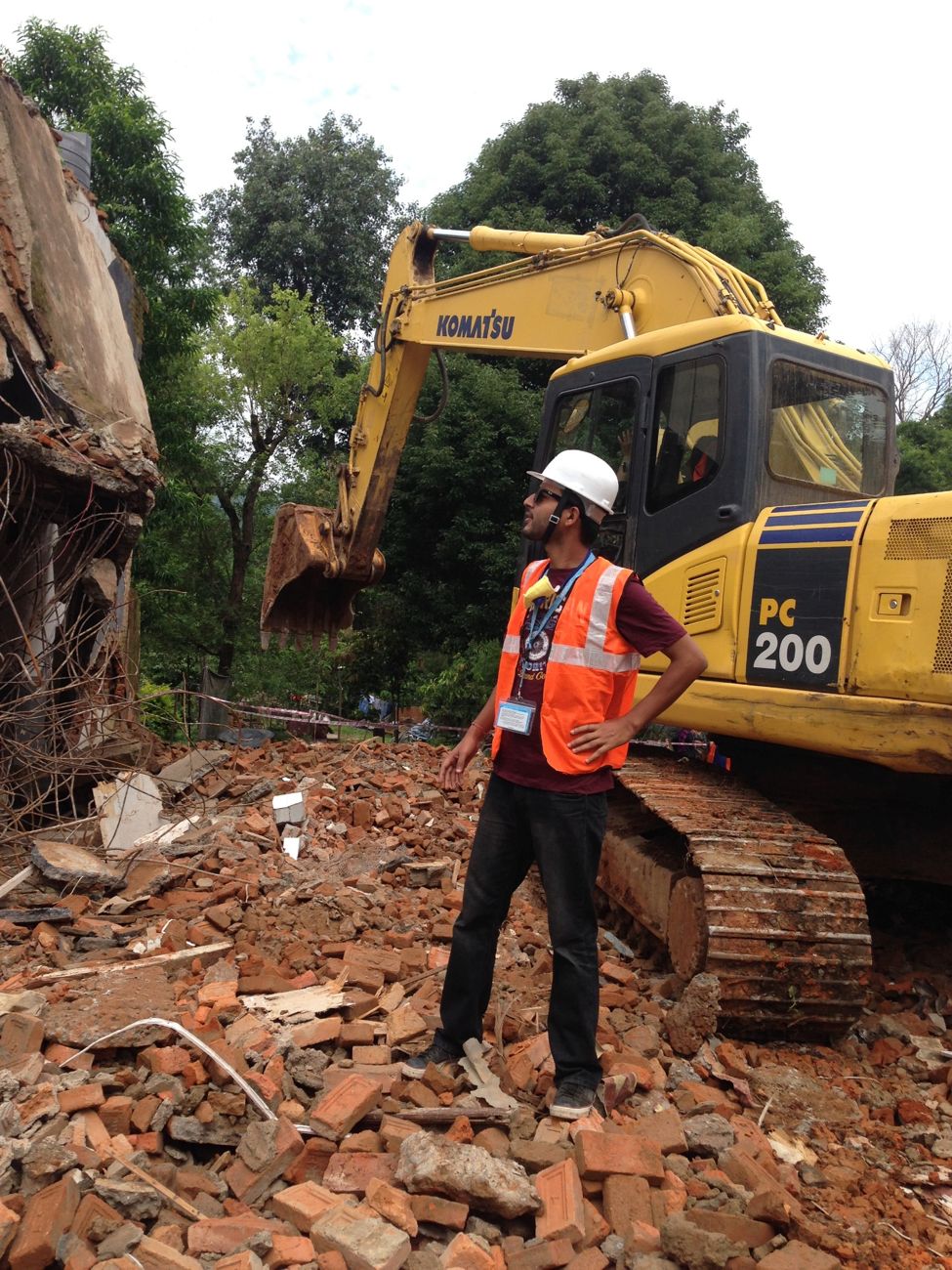
With thanks to The United Nations Population Fund (UNFPA), an agency delivering a world where "every pregnancy is wanted, every childbirth is safe and every young persons potential is fulfilled".





